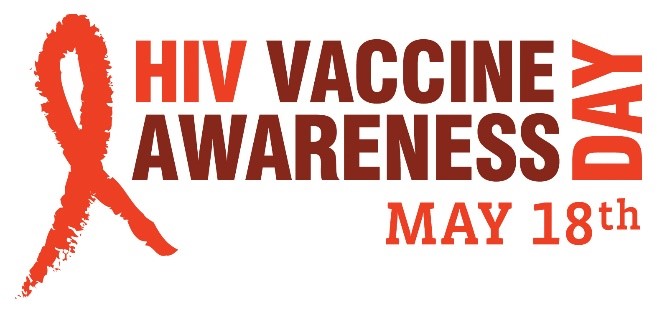Letters from the Director: Recognizing HIV Vaccine Awareness Day

May 18 is HIV Vaccine Awareness Day. This special observance, led by the National Institute of Allergy and Infectious Diseases (NIAID) at the National Institutes of Health (NIH), is an opportune time to celebrate and recognize scientists, health professionals, volunteers, and community members who are working in earnest to find a safe and effective vaccine to prevent HIV.
While NIAID leads the NIH HIV Vaccine Research Program, HIV vaccine research is an NIH-wide effort that includes expertise from multiple NIH Institutes, Centers, and Offices.
Research has led to groundbreaking discoveries in HIV prevention and to a toolbox of prevention modalities that have effectively reduced the transmission of HIV in many regions of the world. Although we’ve made remarkable progress, approximately 37.9 million persons are living with HIV worldwide, and an estimated 38,000 new HIV infections still occur each year in the United States.1,2 Preventing new infections is key to reducing HIV incidence and ending the HIV pandemic. Durable HIV prevention will require the development of a safe, scalable, and effective vaccine and thus, is a high priority for NIH.
As the coordinator of the global NIH HIV/AIDS portfolio, the OAR is committed to advancing HIV vaccine research. The RV144 trial supported by the Department of Defense, NIH, and the government of Thailand was the first study to show some protection against HIV infection. However, a more recent trial of a modified version of the RV144 vaccine did not show protection against infection. These results emphasize that there is still much work to be done to develop an effective vaccine. Consequently, the NIH is currently supporting large-scale efficacy trials of new HIV vaccine candidates, such as the HVTN705/HPX2008 (Imbokodo) and HPX3002/HVTN 706 (Mosaico) trials. The NIH is also in the process of testing the efficacy of several vaccine candidates, adjuvants and delivery platforms in animal models and translating the most promising approaches into early-stage clinical trials. Lastly, the NIH continues to invest in preclinical development in order to maintain a robust pipeline of vaccine candidates.
All stakeholders must continue to work together on prevention efforts to achieve a lasting end to the HIV pandemic, and pay tribute to the scientists, health professionals, volunteers and community members who are paving the way forward.
To learn more about NIH-supported HIV vaccine research, see the OAR webpage Reduce the Incidence of HIV. For more information, see NIAID’s HIV Vaccine Development, An Empirical Approach to HIV Vaccine Development, Experimental HIV Vaccine Regimen Ineffective in Preventing HIV, and DAIDS Translational Research Program for HIV – Targeted Product Development and Manufacturing.
Maureen M. Goodenow, Ph.D.
Associate Director for AIDS Research and
Director, Office of AIDS Research
National Institutes of Health
1Joint United Nations Programme on HIV/AIDS (UNAIDS). 2019. Fact Sheet. “Global HIV & AIDS Statistics—2019 Fact Sheet.” Available at www.unaids.org/en/resources/fact-sheet.
2HIV.gov. 2020. “U.S. Statistics.” Available at www.hiv.gov/hiv-basics/overview/data-and-trends/statistics.
This page last reviewed on December 10, 2024

